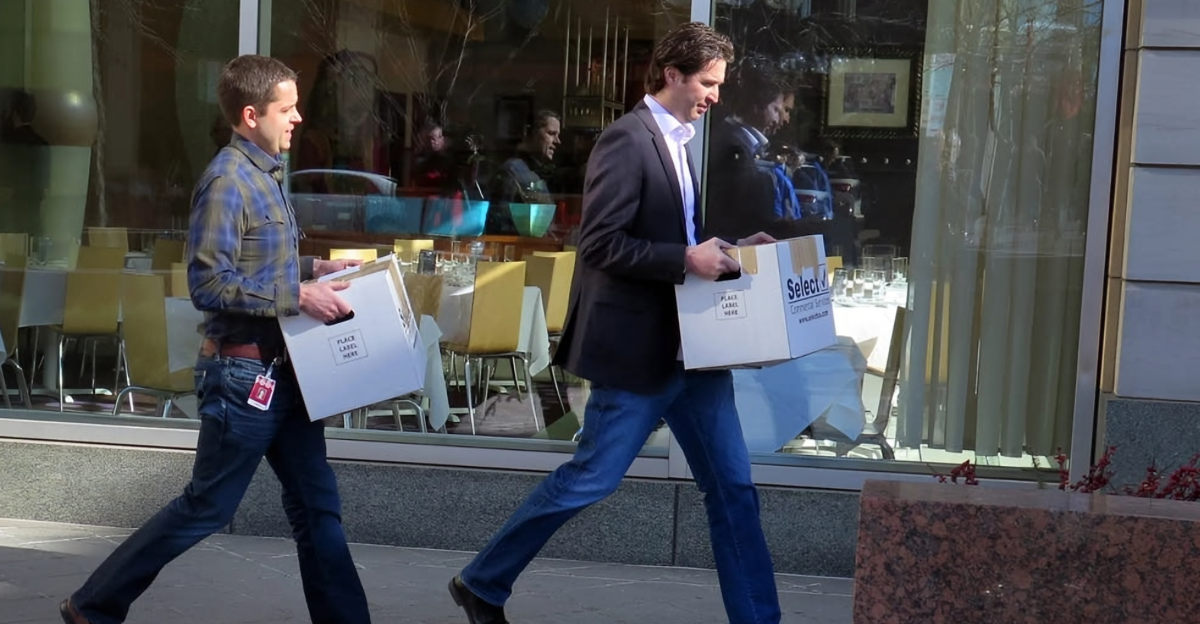
For years, residential solar was seen as a sure bet, clean, affordable, and backed by bipartisan support. The promise was clear: lower utility bills, energy independence, and a healthier planet. But beneath the optimism, cracks have been spreading.
One in five U.S. solar firms has shut down or filed for bankruptcy in the past year alone. Now, even the most successful companies are collapsing under pressure. As politics shift and financing dries up, the industry faces its biggest reckoning yet. Some say it’s just a shakeout. Others warn it could stall America’s clean energy future.
Solar Chaos from Coast to Coast
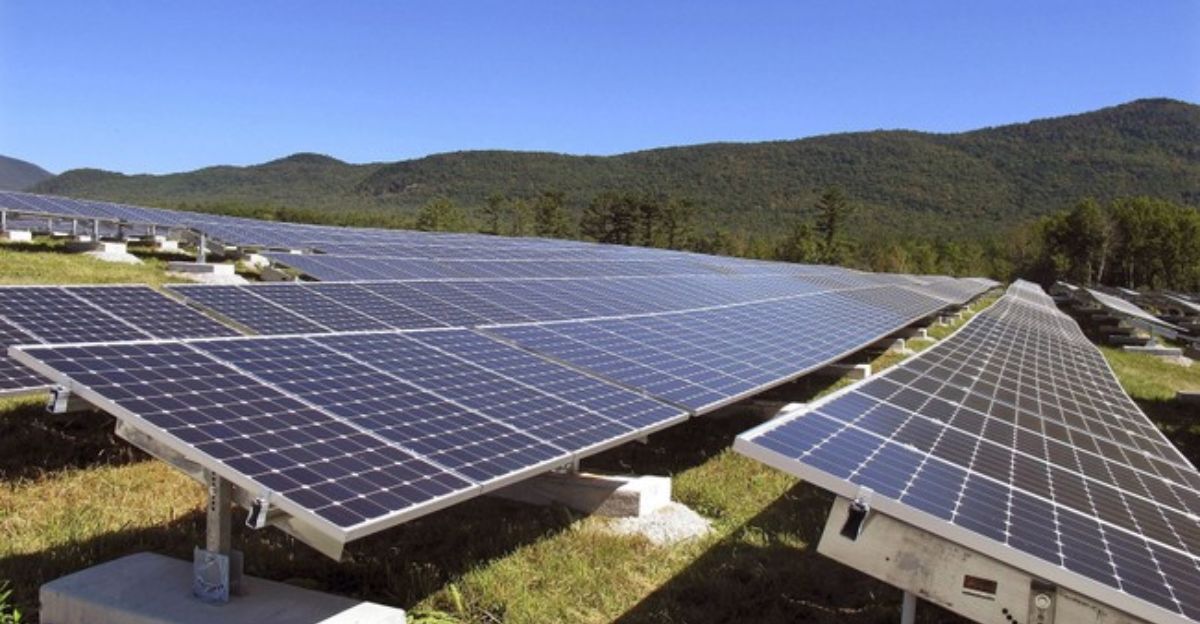
A wave of closures is sweeping through the residential solar industry across the U.S. Over the past year, dozens of companies have gone under or filed for bankruptcy, leaving hundreds of thousands of customers in limbo with unsupported systems and voided warranties. Once seen as recession-proof, the solar sector is now proving sensitive to inflation, regulation, and volatile incentives.
Long-established firms and newer players alike are shutting down, even in growth markets like Texas and Georgia. The result? A growing number of orphaned systems and confused homeowners. And at the center of this unfolding crisis is one name now making national headlines.
A Movement, Not Just a Market
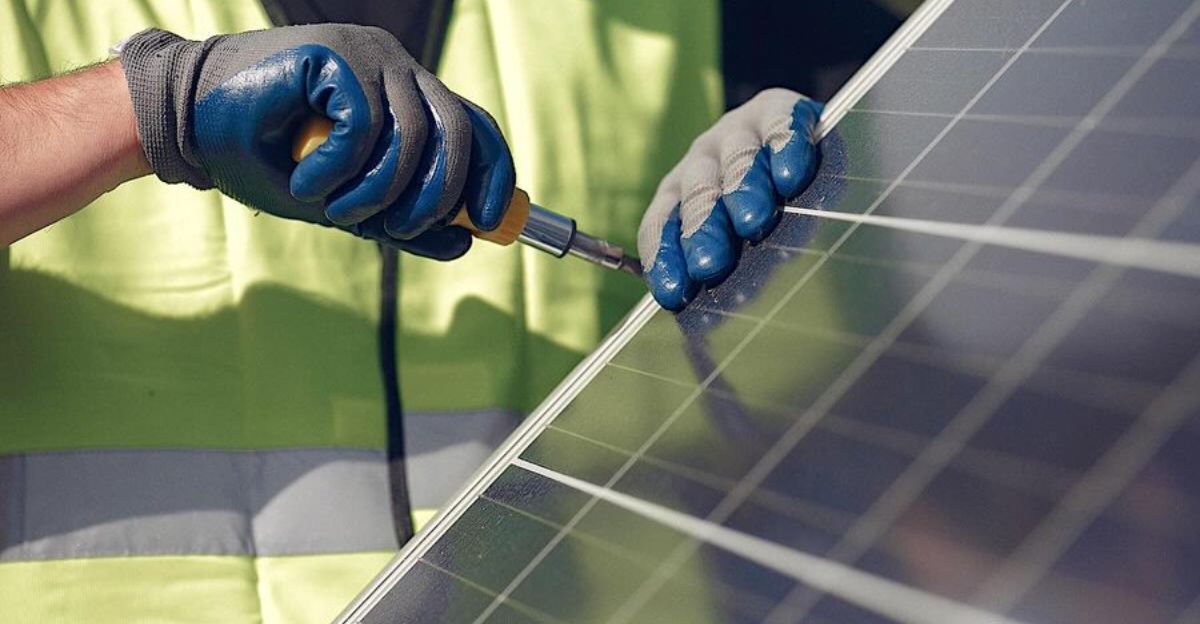
Solar energy was never just about technology, it was a statement. Installing panels on your roof wasn’t just practical; it was personal. Millions of Americans saw it as their chance to fight climate change, reduce utility bills, and take control of their power. Solar marketing promised independence from monopolistic utilities, empowering homeowners to generate their own clean electricity. For many, it felt revolutionary, like participating in a new kind of American dream.
The movement attracted dreamers and doers: engineers, activists, and small business owners who saw in solar not just profit, but purpose. And that’s what makes this unraveling so painful, because it’s not just infrastructure failing. Its ideals, jobs, and community trust burn out with it.
Policy Shifts Hit Solar Like a Wrecking Ball
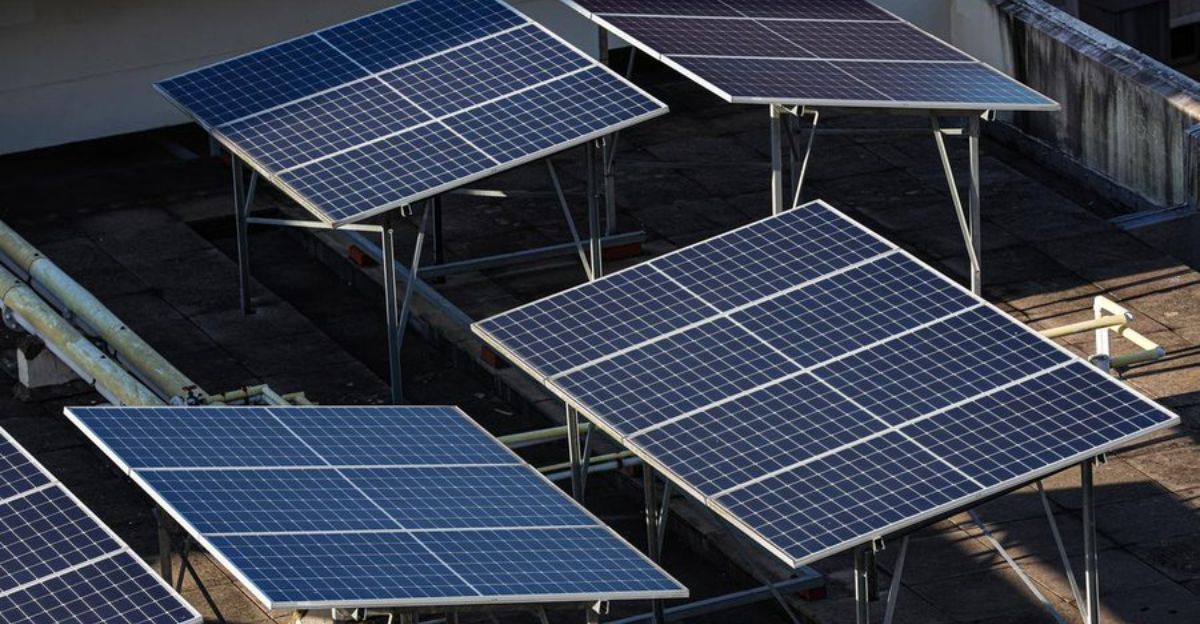
The solar industry’s momentum slowed sharply this year as political winds shifted. In May, the House passed the “One Big, Beautiful Bill,” which proposes ending the 30% federal solar tax credit for new residential installations starting in 2026. While Senate approval is still pending, the move has created deep uncertainty.
At the same time, California, solar’s biggest market, slashed payments for excess power by up to 75%, gutting homeowner incentives. Meanwhile, the Trump administration canceled a $2.92 billion federal loan guarantee for Sunnova Energy, a major financing source. Though interest rates on solar loans have improved, federal support is eroding fast, with Washington now prioritizing oil and gas over green energy investment.
Sunnova’s Stunning Fall from Grace
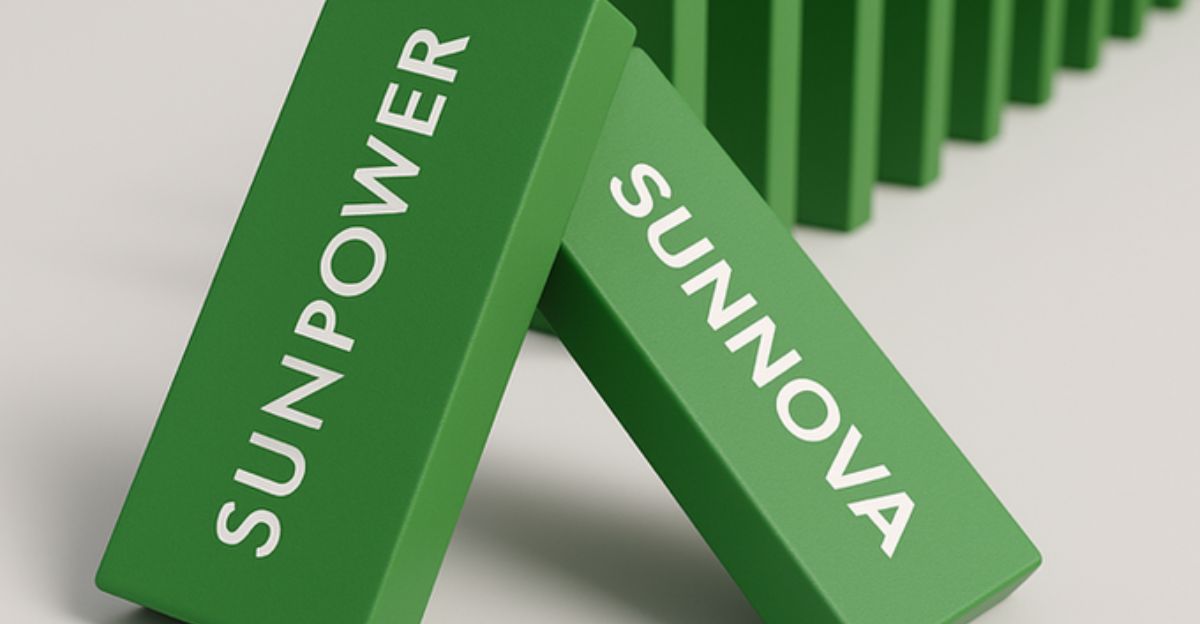
The moment the industry truly snapped came on June 8, 2025, when Sunnova Energy; once a titan of home solar financing, filed for Chapter 11 bankruptcy protection. With $10.67 billion in debt and 718 workers abruptly laid off, the announcement sent shockwaves through clean energy circles.
Based in Houston, Sunnova was seen as nearly untouchable, boasting nationwide reach and second-in-market share. But mounting financial pressures and evaporating policy support proved too much. The company’s CEO praised the vision and commitment of staff but admitted operations could no longer continue. In an industry full of startups and collapses, this was different. Sunnova wasn’t just a company, it was a cornerstone. And now, it’s become the face of green energy’s greatest setback.
The Collapse Comes Home
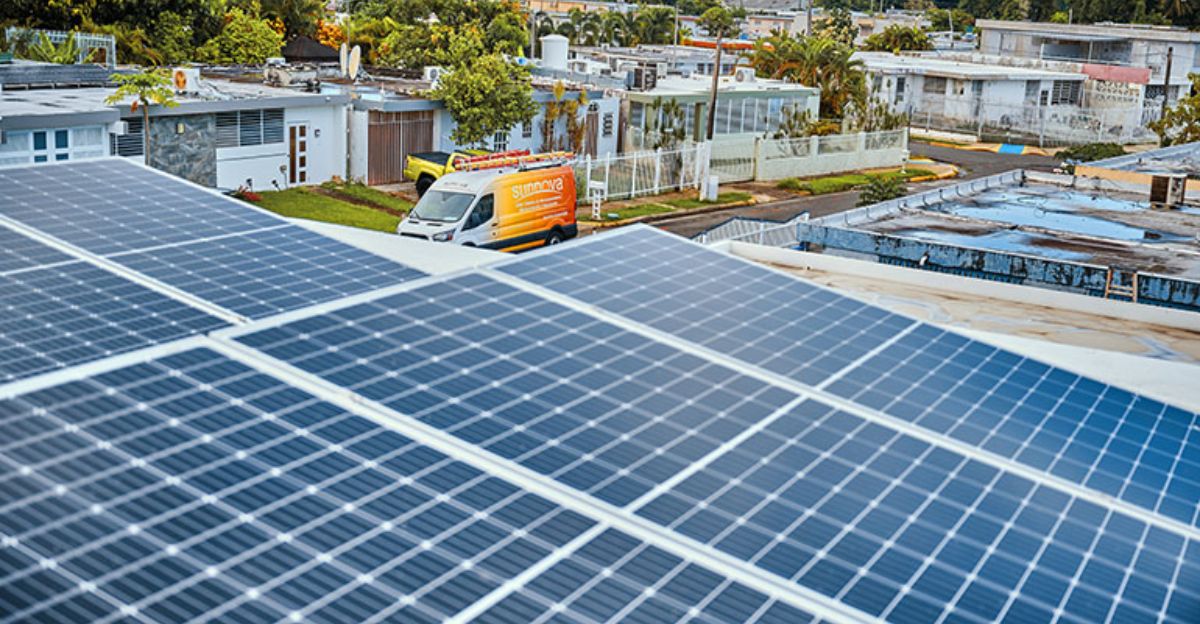
Across the country, thousands of homeowners are now dealing with the fallout. In neighborhoods from Austin to Atlanta, expensive solar systems sit idle, unmonitored, or under-maintained. Sunnova’s sudden exit left countless customers in limbo, many unsure who, if anyone, will honor their service contracts.
Some spent $30,000 or more on installations, only to discover their warranties are now unenforceable. In areas like Texas, where Sunnova had surged in market share, local solar installers are scrambling to stay afloat without its financing and technical infrastructure. Customers are left asking hard questions: Who owns my system now? Will I get support if it fails? What seemed like a smart, sustainable choice now feels like an uncertain gamble.
Lives Turned Upside Down
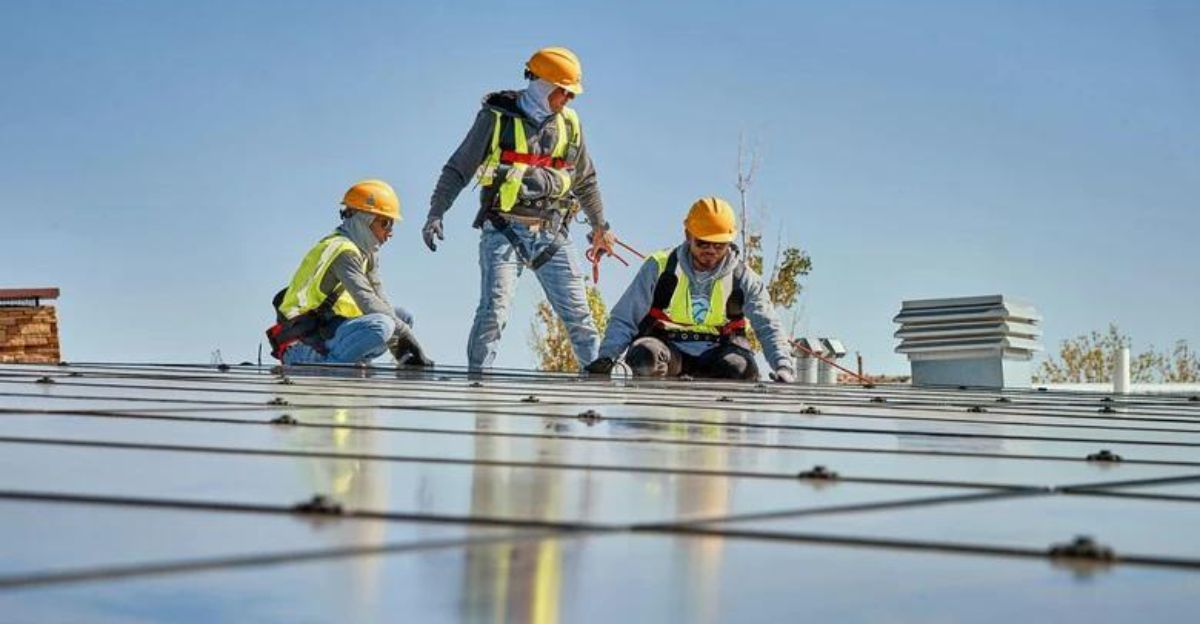
Behind the headlines are real people; workers who believed they were building a better world. From sales reps who championed sustainability to installers who braved rooftops in triple-digit heat, the collapse hit like a gut punch. Sunnova’s 718 layoffs represent just one wave in a tide of job losses across the solar workforce. Many employees had relocated their families to growth states like California or Texas, betting on long-term security.
Now, they’re filing unemployment claims, canceling leases, and scrambling to retrain. What stings most isn’t just the financial loss, it’s the betrayal of the mission. These workers weren’t just earning paychecks. They were helping power a movement. And now, that movement feels abandoned.
Collapse, Consolidation, and a Shrinking Market
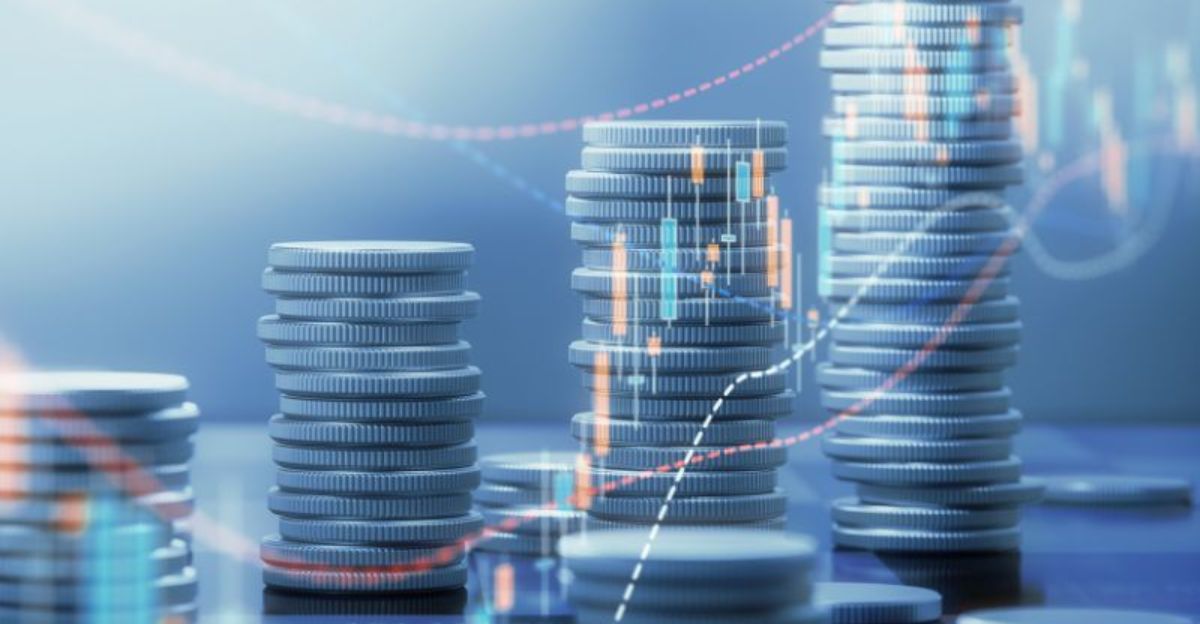
Sunnova’s implosion is part of a wider reckoning. SunPower filed for bankruptcy in August 2024, while major suppliers like SolarEdge and Enphase have slashed jobs. Globally, solar installations hit a record 597 GW in 2024, but U.S. residential demand, especially in California, has plunged by 45%.
Despite falling equipment costs and improved panel efficiency, political volatility and shifting incentives have throttled growth. The market is consolidating fast, with only well-capitalized players positioned to survive.
But the shakeout carries a steep cost: lost jobs, stranded customers, and shuttered small businesses. For many Americans, rooftop solar now looks riskier than ever, even as the technology itself continues to advance.
When the American Dream Goes Solar
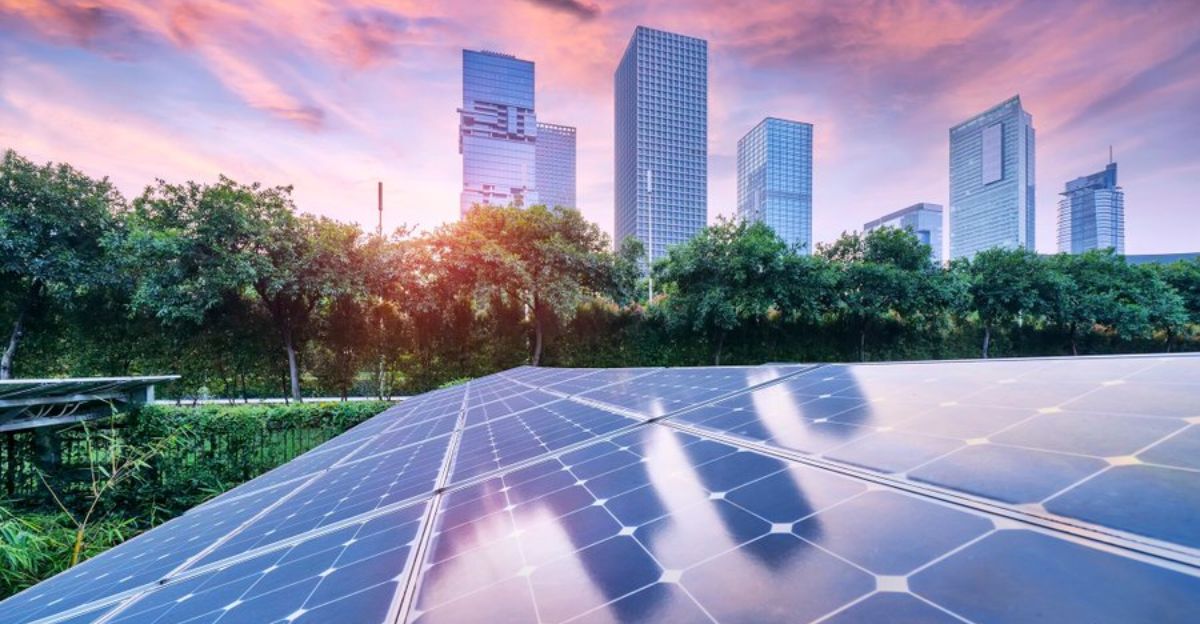
Americans’ relationship with solar is shifting fast. Where there was once excitement, there’s now caution. Rising interest rates have squeezed household budgets, and concerns about resale value and warranty reliability are making many second-guess rooftop investments. Social media platforms like Reddit and TikTok are flooded with horror stories from burned customers; delayed installations, broken inverters, unreachable support teams.
Meanwhile, political polarization is reshaping how people view “green” purchases, turning what was once a bipartisan solution into a culture war flashpoint. More and more, the decision to go solar feels less like a savvy upgrade and more like a financial risk. The dream isn’t dead, but it’s definitely under review.
Will the Sun Rise Again?
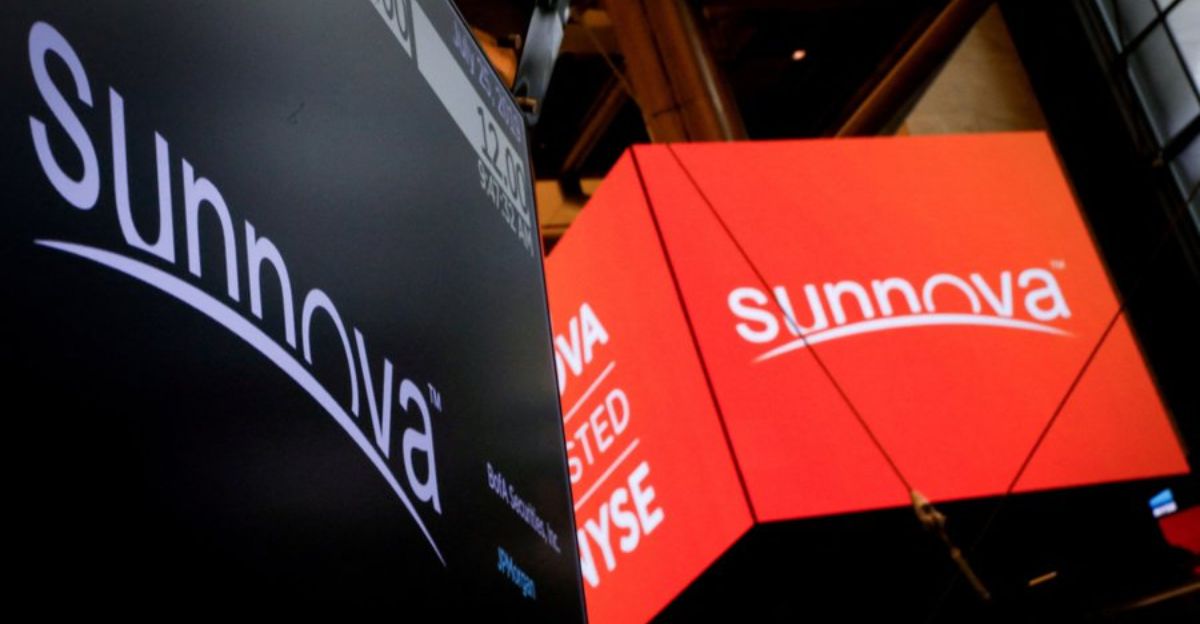
With Sunnova’s fall marking a new low for the U.S. solar industry, the future looks uncertain, but not necessarily hopeless. International solar markets continue to expand, and many experts believe American residential solar could rebound by 2027, especially if policy stability returns. But that’s a big “if.”
In the meantime, consumers are skeptical, investors are cautious, and former workers are regrouping. Will the U.S. remain a leader in clean energy innovation, or will it watch from the sidelines as Europe and Asia take the lead? The solar dream may still be alive, but it now comes with a warning label: even the brightest ideas can fail when political winds shift and trust runs out.
Discover more trending stories and Follow us to keep inspiration flowing to your feed!

Craving more home and lifestyle inspiration? Hit Follow to keep the creativity flowing, and let us know your thoughts in the comments below!
